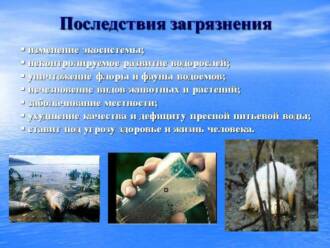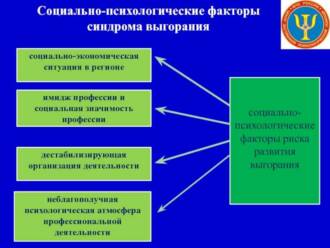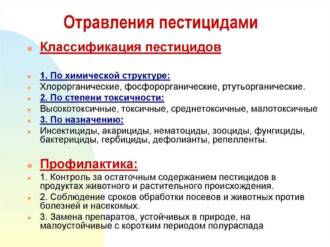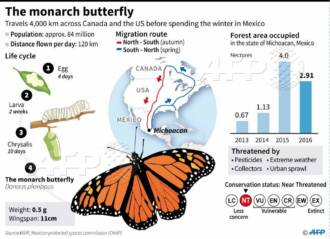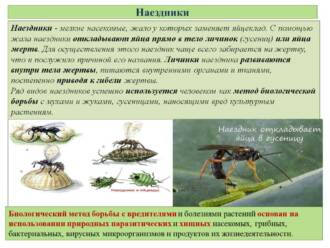
Butterflies are one of the most beautiful and amazing creatures of nature. They play an important role in the ecosystem, performing the function of pollinators and being food for other animals. However, human intervention in nature threatens the survival of many species of butterflies.
One of the main threats to butterflies is the loss and destruction of their natural habitat. Urban expansion, deforestation and industrial farming are destroying places where butterflies can breed and feed. Most butterfly species are highly specialized in choosing plants for laying eggs and feeding caterpillars. Landscape change and the disappearance of certain plant species lead to the disappearance of butterflies.
Another important threat to butterflies is the use of pesticides in agriculture. They destroy not only harmful insects, but also beneficial ones, including butterflies. In addition, pesticides enter the soil and water, polluting the environment and damaging the entire ecosystem. This leads to a decrease in the number and diversity of butterflies.
To protect the butterflies, urgent action must be taken. An important step is to preserve and restore their natural habitat. It is necessary to create nature reserves and protected areas where butterflies can find suitable conditions for breeding and feeding. Measures should also be taken to limit the use of pesticides and encourage organic farming. This will help conserve biodiversity and ensure the survival of butterflies and other animals.
Human Intervention and Butterfly Survival: Threats and Defenses
Butterflies are an important part of the ecosystem and perform a number of important functions, including pollinating plants and serving as a food source for other animals. However, human intervention in natural environments has a serious impact on the survival and reproduction of butterflies.
One of the main threats to butterflies is the loss and destruction of their natural habitats. Deforestation, drainage of swamps and development of natural lands lead to a decrease in the area of available territories for butterflies. Because of this, they lose the opportunity to find food, suitable conditions for breeding and places for wintering.
Another threat is pesticide use in agriculture. Chemicals used to protect plants from pests can poison butterflies, destroy their eggs and caterpillars, or deform wings in adults. This affects the population and diversity of butterflies.
To protect butterflies, a number of measures must be taken. It is important to preserve and restore their natural habitats, including forests, meadows, swamps and gardens with many flowers. Also, it is necessary to limit the use of pesticides and encourage the use of more environmentally friendly methods of plant protection.
Educational programs and information campaigns can play an important role in raising people's awareness of the importance of butterflies and the need to protect them. Spreading knowledge about the biology, habitats and behavior of butterflies will help conserve their populations and biodiversity.
Thus, human intervention can be both a threat and a way to protect the butterflies. It is important to understand that our actions have consequences for nature and to take action to conserve these beautiful and useful creatures.
Climate change and its effect on butterflies
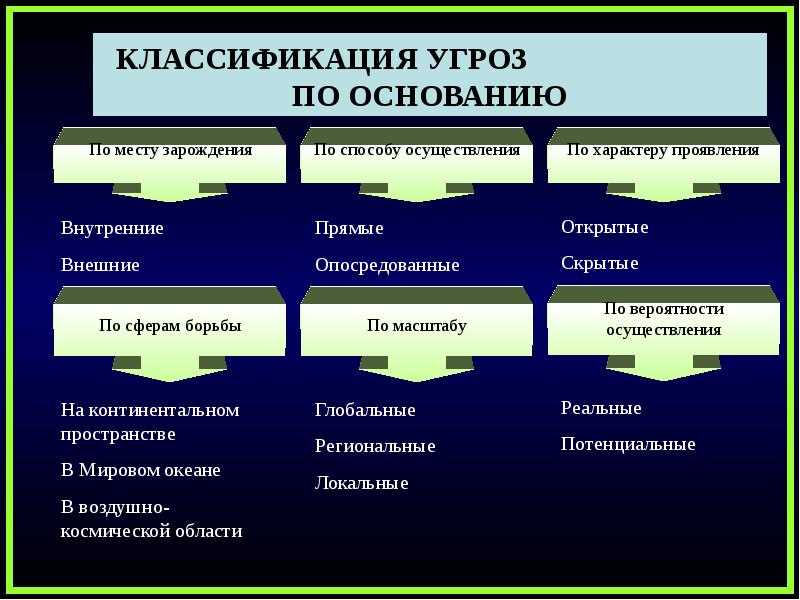
Climate change is one of the main factors affecting the survival and development of butterflies. Increasing temperatures, changing rainfall and other climatic changes are having a negative impact on the life cycle of these gentle insects.
Temperature increase affects butterflies in various aspects of their life. High temperatures can speed up the development of larvae and pupae, resulting in a reduction in the time they need to develop into adults. This reduction in time may adversely affect their physical development and health, as well as their ability to reproduce.
Precipitation change also affects butterflies. Lack of moisture can lead to desiccation and destruction of plants that serve as a source of food for larvae. This can lead to a decrease in the butterfly population and even the extinction of some species. In addition, changes in precipitation may affect the availability of water for adult butterflies, which may also negatively affect their survival.
Another important aspect of climate change is expansion of the distribution area some types of butterflies. An increase in temperature may cause species that were previously limited to certain regions to begin to spread to more northern latitudes. This can lead to competition with native species and disruption of the ecosystem. In addition, new species of butterflies can become carriers of various parasites and diseases, which can also adversely affect other living organisms.
Destruction of natural habitats of butterflies
The destruction of natural habitats is one of the main threats to the survival of butterflies. Natural ecosystems such as forests, grasslands, and swamps provide vital habitats for many species of butterflies. However, as a result of human activity, these natural places are gradually destroyed and turned into cities, farms and industrial zones.
One of the main reasons for the destruction of natural butterfly habitats is the expansion of agricultural lands and the use of pesticides. Many agricultural crops require extensive use of pesticides to protect them from pests. However, these toxic chemicals not only kill harmful insects, but also harm beneficial insects, including butterflies. Moreover, the expansion of agricultural lands leads to the destruction of natural habitats for butterflies, such as wild flowers and plants, which are their source of food and breeding grounds.
Another factor contributing to the destruction of natural butterfly habitats is the destruction of natural landscapes as a result of construction and human infrastructure development. Every year, more and more natural lands are subject to development, which leads to the loss of habitats for butterflies and other species. The construction of roads, housing complexes and industrial facilities not only destroys vital areas of land, but also interrupts the migration routes of butterflies and their inability to move between different habitats.
Pesticide use and effects on butterflies
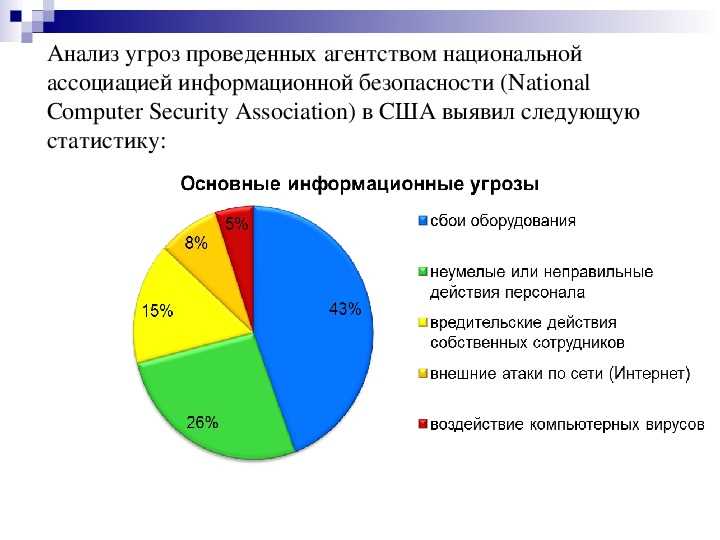
The use of pesticides is one of the main threats to the survival of butterflies. Pesticides are chemicals used to kill plant pests. They can cause irreparable harm to butterflies, which are beneficial insects and perform important functions in the ecosystem.
Pesticides can affect butterflies in a variety of ways. First, they can destroy their natural habitat, as pesticides are often applied to the fields and gardens where the butterflies live. This can lead to the destruction of their food plants and oviposition sites.
In addition, pesticides can directly poison butterflies. They can get on their bodies and enter their body through respiratory openings. This can cause poisoning and even death of butterflies. Some pesticides can have long-term effects on butterfly populations, reducing their numbers and jeopardizing their survival.
Appropriate measures must be taken to protect butterflies from the negative effects of pesticides. One option is to reduce the use of pesticides and move towards more environmentally friendly plant protection practices. For example, biological preparations that are safer for butterflies and other beneficial insects can be used.
It is also important to educate and inform agricultural workers about the possible effects of pesticide use on butterflies and other insects. It is necessary to promote methods of integrated pest management that reduce the amount of pesticides used and preserve biodiversity.
Impact of invasive species on butterflies

Invasive animal and plant species can have a severe impact on butterflies, threatening their survival. They may compete with native species for food and habitat, select their caterpillars for food, or even destroy their nests.
One example of an invasive species that negatively affects butterflies is quinoa weed. This plant species was brought from Asia and quickly spread throughout the world. It forms dense thickets that shade the habitats of butterflies and deprive them of access to the sunlight necessary for their development.
Another example of an invasive species that threatens butterflies is the coffeepot bird of prey. This bird was introduced to the Hawaiian Islands to control insect pests in coffee plantations, but it has also begun feeding on caterpillars and pupae of native butterfly species. This has led to a decline in the number of some species and even to their extinction in some regions.
To protect butterflies from invasive species, it is necessary to monitor and control their distribution. This includes removing invasive plants, limiting the introduction of new species into ecosystems, and preserving natural habitats for butterflies. It is also important to conduct educational programs to raise public awareness of the problem and to involve people in the protection of butterflies and their habitats.
Threats associated with environmental pollution
Environmental pollution is one of the main threats to the survival of butterflies. It can come from a variety of sources, including industrial emissions, vehicle emissions, and the use of chemicals in agriculture.
Impact of industrial emissions: Industrial enterprises are one of the main sources of environmental pollution. Emissions of harmful substances such as sulphur, carbon and nitrogen can adversely affect air and water quality, resulting in poor habitat conditions for butterflies and a decrease in population size.
Automotive emissions: Automobile emissions are another major cause of environmental pollution. Exhaust emissions contain harmful substances such as nitrogen oxides and hydrocarbons that can harm butterflies and their larvae. In addition, traffic emissions can contaminate the plants on which the butterflies feed and degrade their food base.
Use of chemicals: Chemicals used in agriculture, such as pesticides and herbicides, also pose a threat to butterflies. These substances can enter water and soil resources, and then enter the organisms of butterflies, causing them harm. In addition, pesticides can destroy plants that serve as a food source for butterflies and lead to a decrease in population size.
Loss of biodiversity and its consequences for butterflies
The loss of biodiversity is one of the main threats to the survival of butterflies. As a result of the destruction and change of natural environments, their vital habitats are disappearing. This can be due to the development of cities, the construction of roads and industrial facilities, as well as due to deforestation and the conversion of land into agricultural fields.
As a result of the loss of biodiversity, butterflies face serious problems. They lose access to plants, which are their source of food and where they lay their eggs. Also, their populations become more vulnerable to predators and competitors, as the amount of available resources is reduced.
Moreover, the loss of biodiversity has long-term consequences for butterflies. The decrease in their numbers leads to the disruption of ecosystems in which they play an important role. Butterflies perform the functions of pollinating plants, helping them to reproduce, and also serve as a source of food for other animals. If their numbers decline, it can lead to an imbalance in natural communities and even the extinction of some plant and animal species.
The role of butterflies in the ecosystem and its conservation
Butterflies play an important role in the ecosystem, serving as pollinators, food sources for other animals, and indicators of the state of the environment. They are an integral part of biodiversity, contributing to the conservation of plant populations and maintaining ecological balance.
Pollinators and plants

Butterflies are important pollinators for many plants. They carry pollen from one flower to another, ensuring the process of pollination and reproduction of plants. Thanks to butterflies, new plant populations are formed, which contributes to their diversity and resistance to changes in the environment.
Food sources for other animals
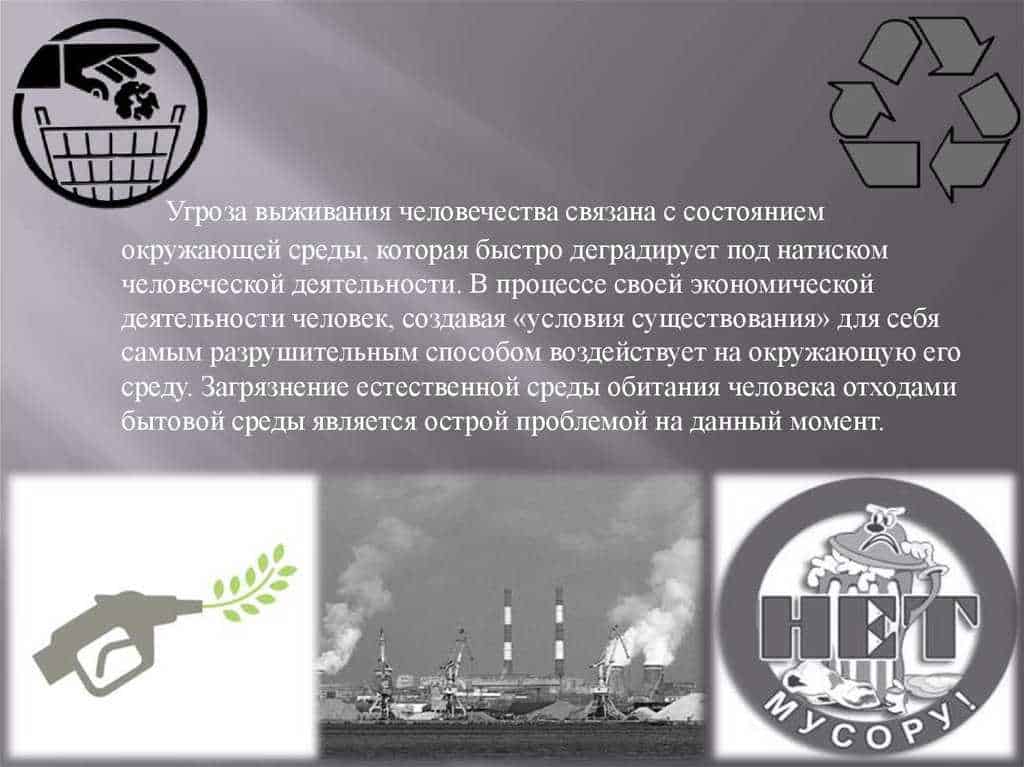
Butterflies are important food sources for many animals such as birds, frogs, and insectivorous mammals. Butterfly diversity provides a food base for these animals and maintains biodiversity in the ecosystem. In addition, butterflies are also food sources for other insects such as spiders and beetles, which play an important role in the food chain.
Environmental indicators
Butterflies are sensitive to changes in the environment and can serve as indicators of its state. Changes in butterfly populations and species diversity can indicate problems in the ecosystem, such as air pollution, habitat loss, and pesticide use. Butterfly monitoring allows you to assess the ecological state and take measures to improve it.
To preserve the role of butterflies in the ecosystem, it is necessary to take measures to preserve their habitats, limit the use of pesticides and create special reserves and parks to protect butterflies and their migrations. It is also important to carry out educational work and raise public awareness of the importance of butterflies and the need for their conservation.
Butterfly Protection and Conservation Measures

In order to preserve butterflies and prevent their extinction, it is necessary to take a number of measures to protect their natural habitat, as well as create conditions for the reproduction and conservation of various species.
1. Conservation of natural habitats
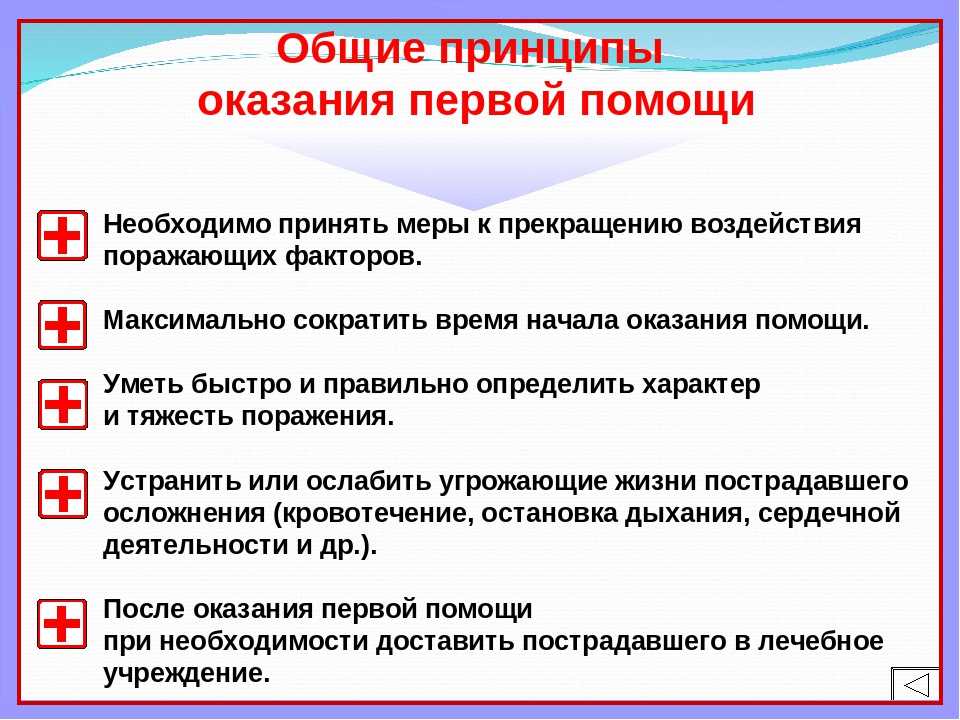
One of the main measures to protect butterflies is to preserve their natural habitats. This means that forests, fields, meadows and other ecosystems that serve as a home for butterflies need to be preserved and restored. It is also important to prevent deforestation, industrial pollution and development of natural areas.
2. Creation of special nature reserves and reserves
To protect rare and threatened species of butterflies, it is necessary to create special reserves and reserves where they can live and breed without human intervention. In such places, monitoring and research are carried out, as well as work is underway to restore their populations.
3. Limiting the use of pesticides
One of the main threats to butterflies is the use of pesticides in agriculture. To protect them, it is necessary to limit the use of chemical plant protection products, especially near the habitats of butterflies. Instead, biological pest control methods and environmentally friendly plant protection products can be used.
4. Creation of protected areas and gardens for butterflies
To support butterfly populations and attract them to urban and suburban areas, special protected areas and gardens can be created. Here you can plant plants that are food and breeding grounds for butterflies. Such places can also serve as educational centers where people can learn more about the biology and importance of butterflies in the ecosystem.
5. Education and enlightenment
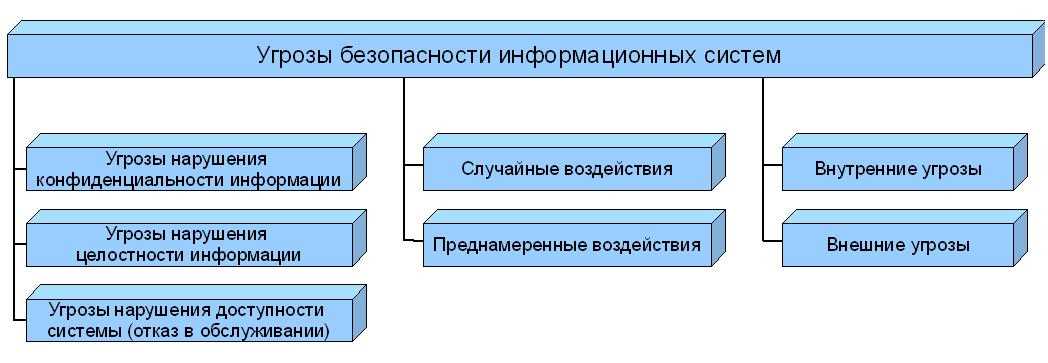
To preserve and protect butterflies, it is necessary to conduct educational programs and educate the population. People should be aware of the importance of butterflies in nature, their role in plant pollination and biodiversity, and what measures can be taken to conserve these beautiful insects.
Taking these steps will help conserve and protect butterflies from various threats caused by human activities and ensure their survival for years to come.
The Importance of Awareness and Education in Butterfly Conservation
Butterfly conservation is an important task that requires public awareness and education. Understanding the role of butterflies in the ecosystem and their contribution to biodiversity conservation will help us take the necessary steps to protect them.
Being aware of the different species of butterflies and their life cycles will allow us to better understand their needs and the challenges they face. For example, many butterflies depend on certain types of plants for food and reproduction. If these plants disappear due to human interference, the butterflies will lose their food sources and breeding sites.
Education plays a key role in the conservation of butterflies. The more people who know about the meaning of butterflies and how to help them, the greater the chance of saving these beautiful creatures. It is important to carry out information campaigns and educational activities in order to attract the attention of society and share knowledge about butterflies and their significance in nature.
It is also important to educate people, especially children, about the right attitude towards nature and the environment. Teach them that even small actions, such as saving butterflies and their habitats, can make a big difference to the ecosystem as a whole. This may include creating special gardens with plants that attract butterflies and avoiding the use of harmful pesticides.
In general, awareness and education are the main tools in the fight to save butterflies. Dissemination of information, education and community engagement will help us take the necessary measures and counter the threats that butterflies face as a result of human intervention.

